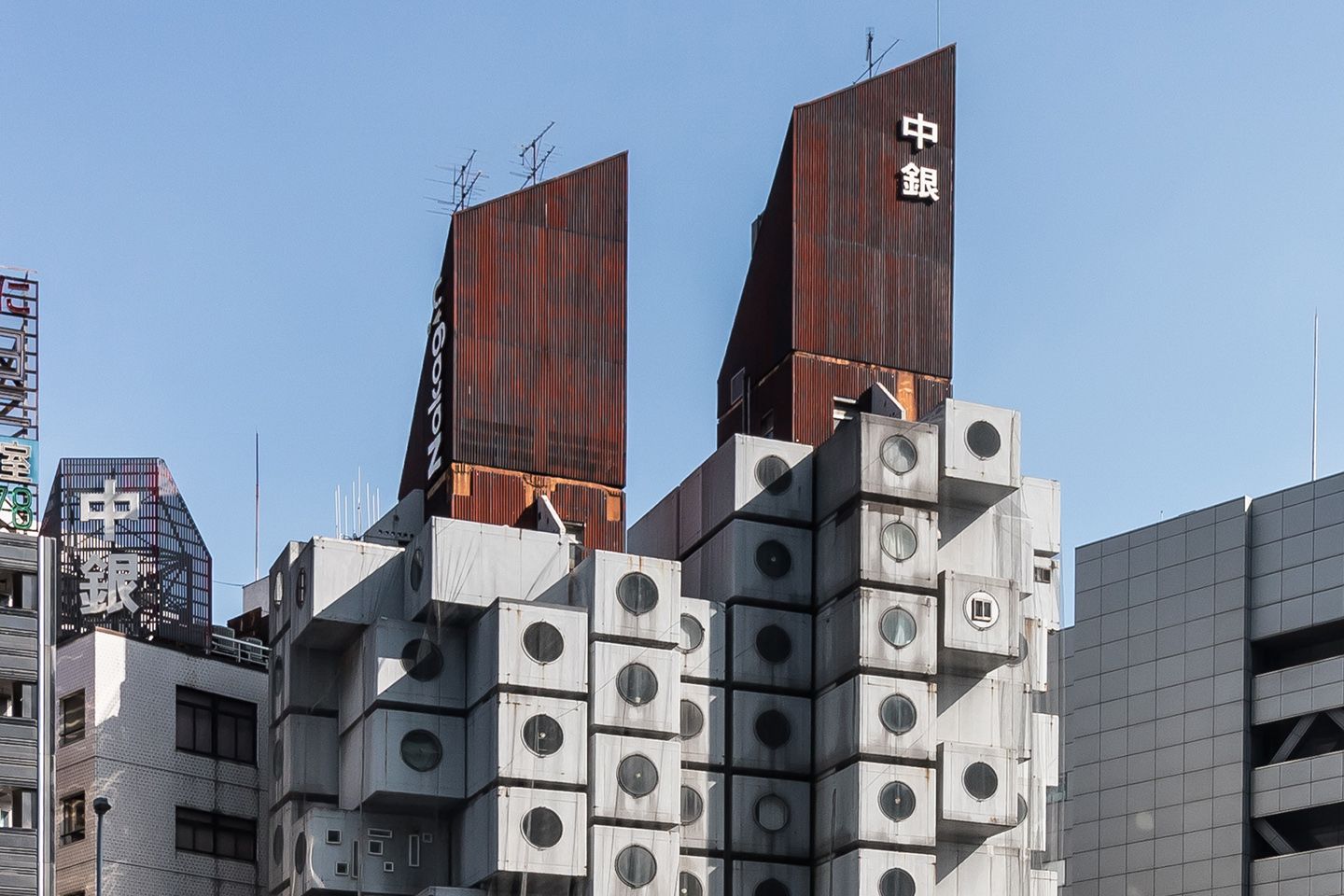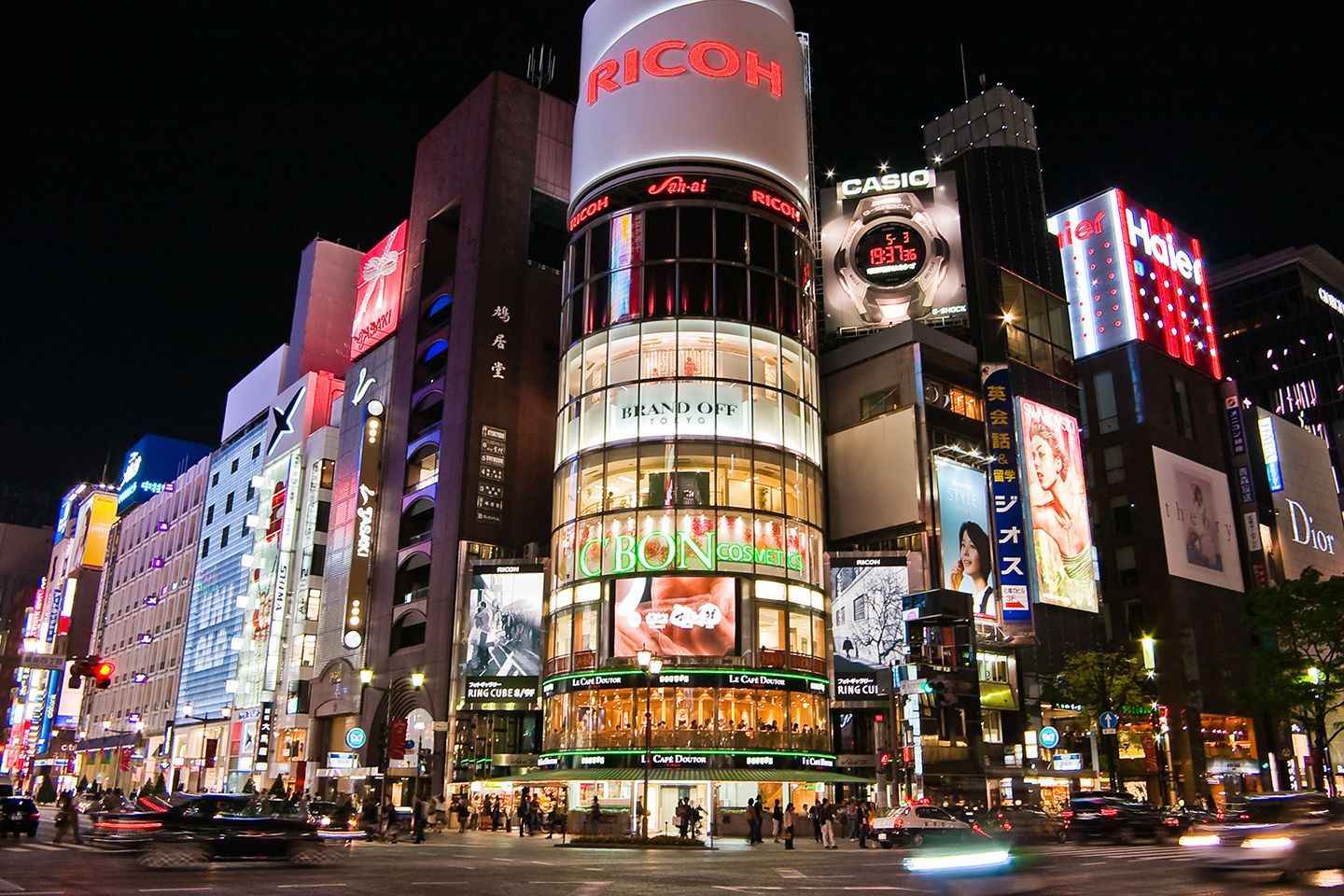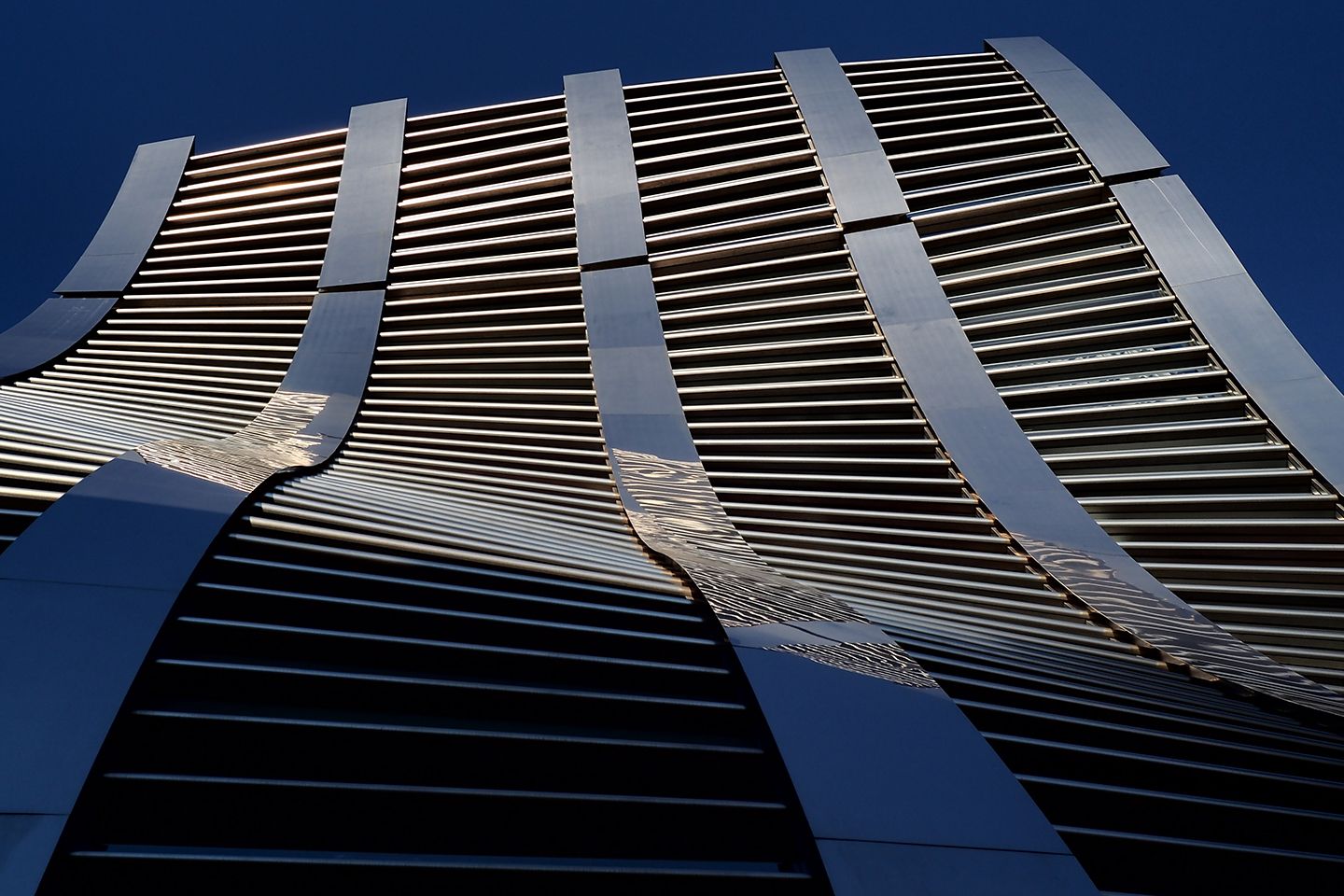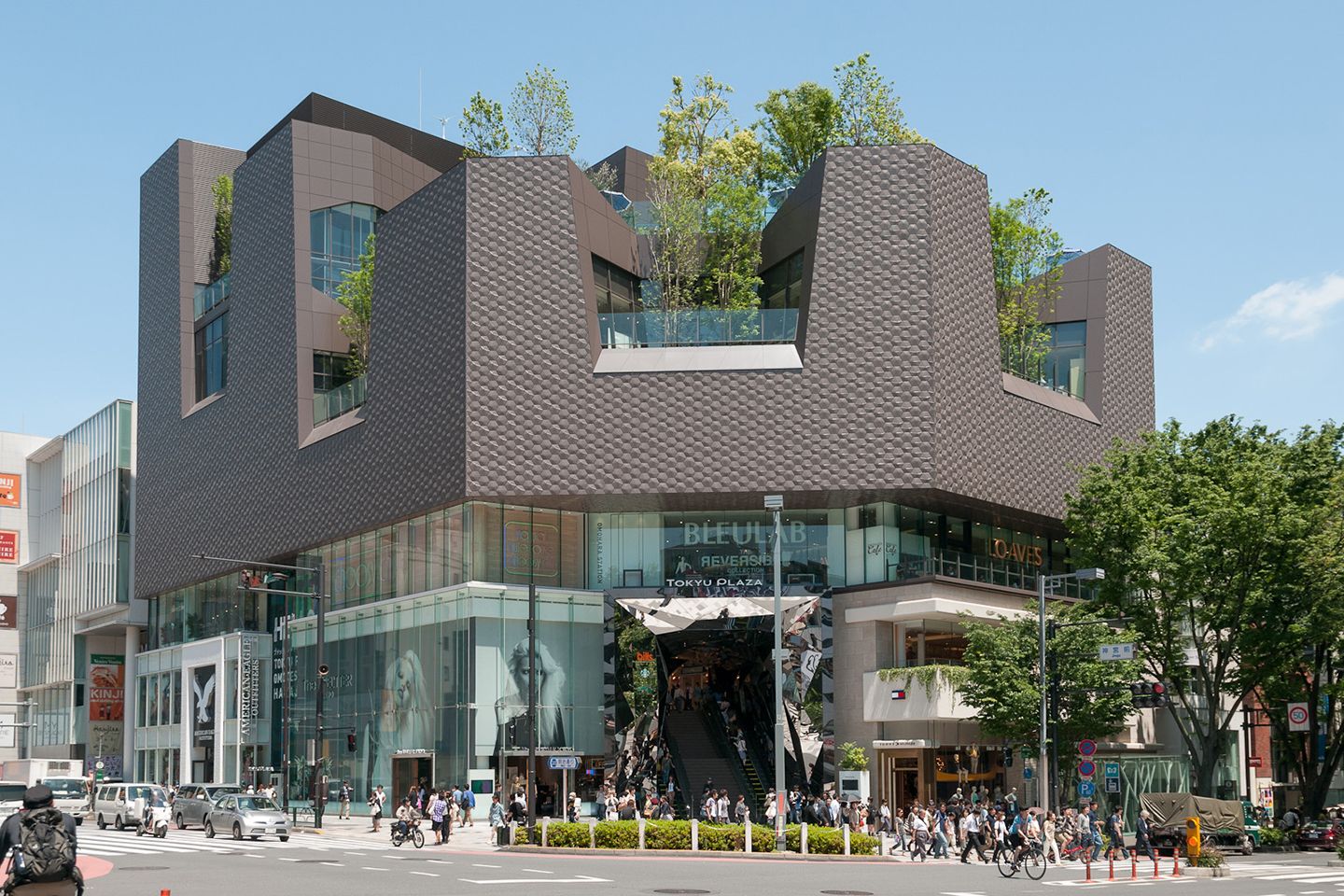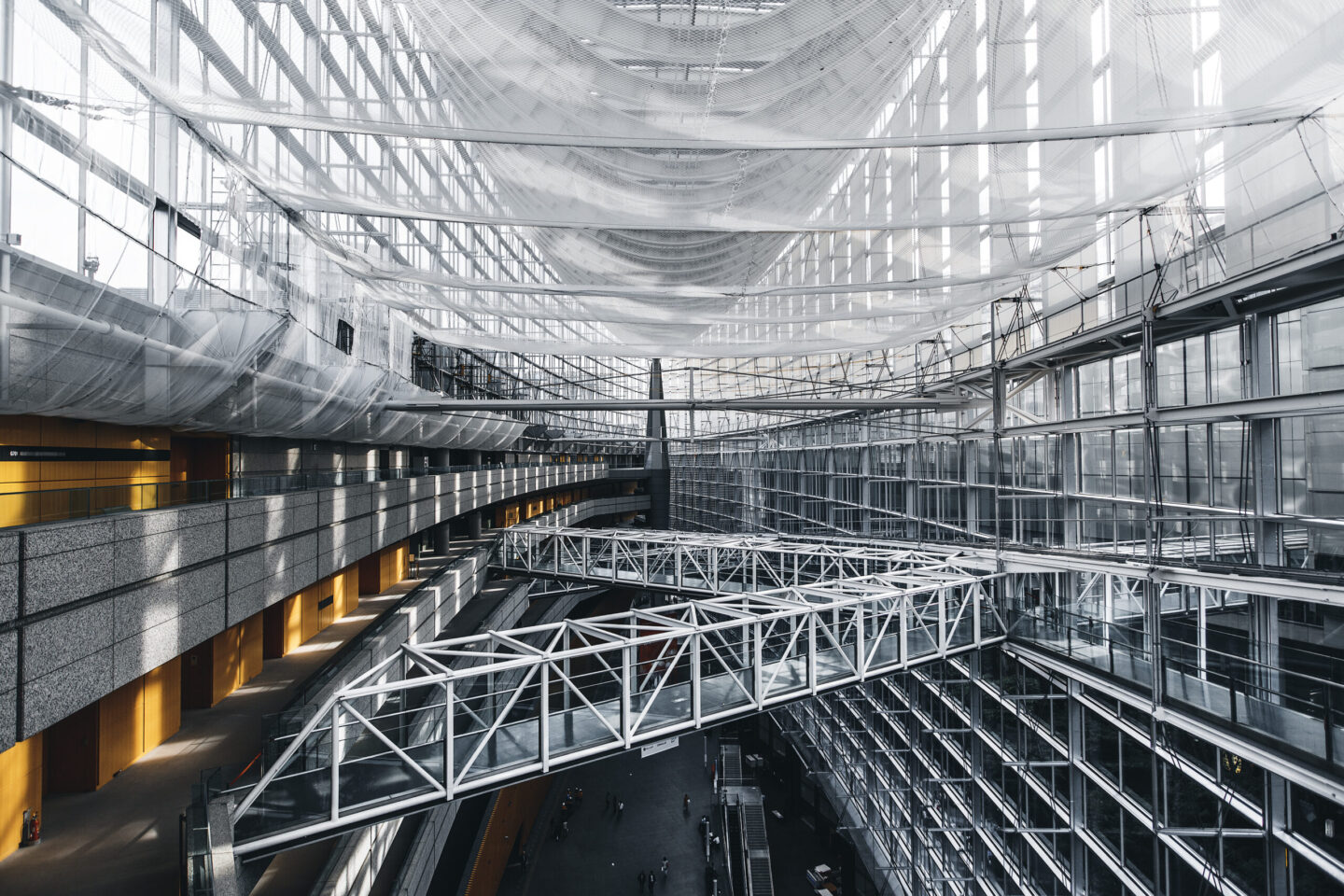Project Description
TOKYO – THE ARCHITECTURE OF GINZA
Languages available: EN ES FR JAP
Minimum group size: 1
Maximum group size: 20
Duration: 4 hours
DESCRIPTION – Tokyo: The architecture of Ginza
From 1612 to 1800, today’s Ginza district was the site of a silver coin mint (Ginza means “silver mint” in Japanese), after which the district was eventually named. The Ginza evolved as an upmarket shopping district following the 1923 Great Kanto Earthquake.
First we’ll see Dentsu Building (Jean Nouvel, 2004) and close to that there’s the site of the former Nakagin Capsule Tower (Kisho Kurokawa, 1972). The architect was very innovative in creating the building in 1972, the first architectural design in capsules. The module was created with the intention of accommodating businessmen who worked during the week in downtown Tokyo. In 2022 the building was demolished after it fell into disrepair. 23 of the capsules have been saved for posterity.
Then we’ll start a walking tour through some of the impressive buildings located in Ginza:
Ginza Six (Yoshio Taniguchi, 2017), one of the most impressive malls in the world with the FENDI Store (CURIOSITY, 2017) with its steel glass façade design. Shiseido Ginza Building (Takenaka Corporation, 2013), wrapped in exterior shades named “Future Arabesque (Mirai Karakusa).” The delicate and organic streamlines enfold Shiseido’s intelligence. Really close there’s Tokyu Plaza Ginza (Nikken Sekkei, 2016), a a large shopping centre. The building is designed as a glass “vessel” inspired by the Japanese traditional craft of glass cut “Edo Kiriko”.
Louis Vuitton Matsuya Ginza Façade (Jun Aoki & Associates, 2013). Based on Louis Vuitton’s damier, which also is a repeated geometric pattern, the façade becomes their first softer version of damier, imbued with delicacy and richness that is found in organism. We can also find in the area Ginza Place (Klein Dytham architecture, 2016), a shopping department that completes the neighborhood’s central intersection by introducing a bold and well calculated facade to the streetscape. Close to this shopping mall there’s Armani Ginza Tower (Massimiliano & Doriana Fuksas, 2007). The building features the ‘bamboo illumination’ on the façade going up to the third floor. Lighting was installed both outside and behind the glass.
Renzo Piano created Maison Hermès Ginza (2001) a monumental tower that rises light, static and rigorous forms, covered by a glass facade. Former named DeBeers Tower and now known by V88 building by Jun Mitsui and completed in 2007. The building was constructed with stainless steel being rolled out in a curved shape. Each stainless steel surface has a special finish.
We’ll finish seeing Mikimoto Ginza 2 (Toyo Ito, 2005). This boutique store is part of the Mikimoto family, one of the most famous names in Japanese jewellery. Ito was inspired by the mysteriousness of a jewellery box and imagining bubbles around pearls and floating petals.


